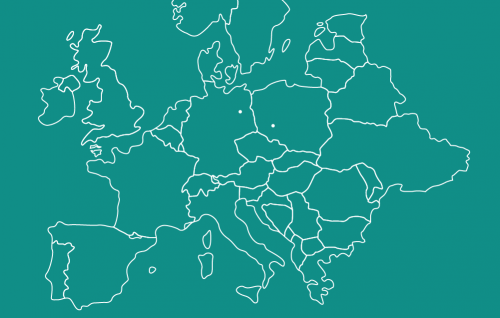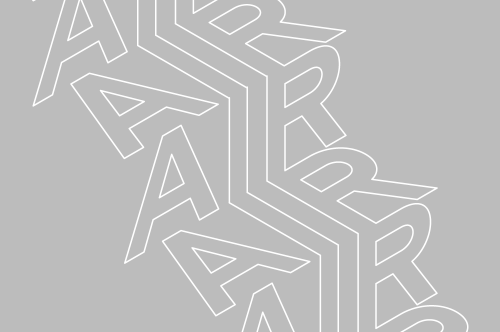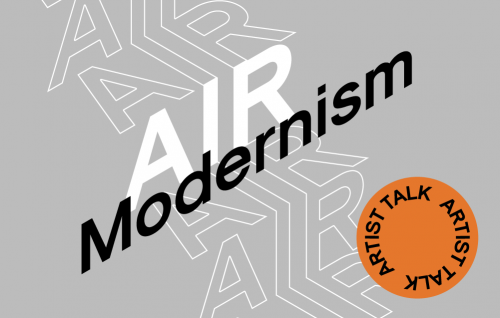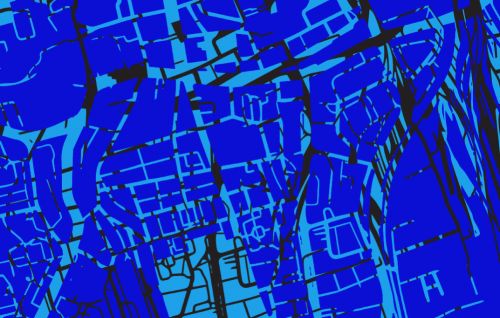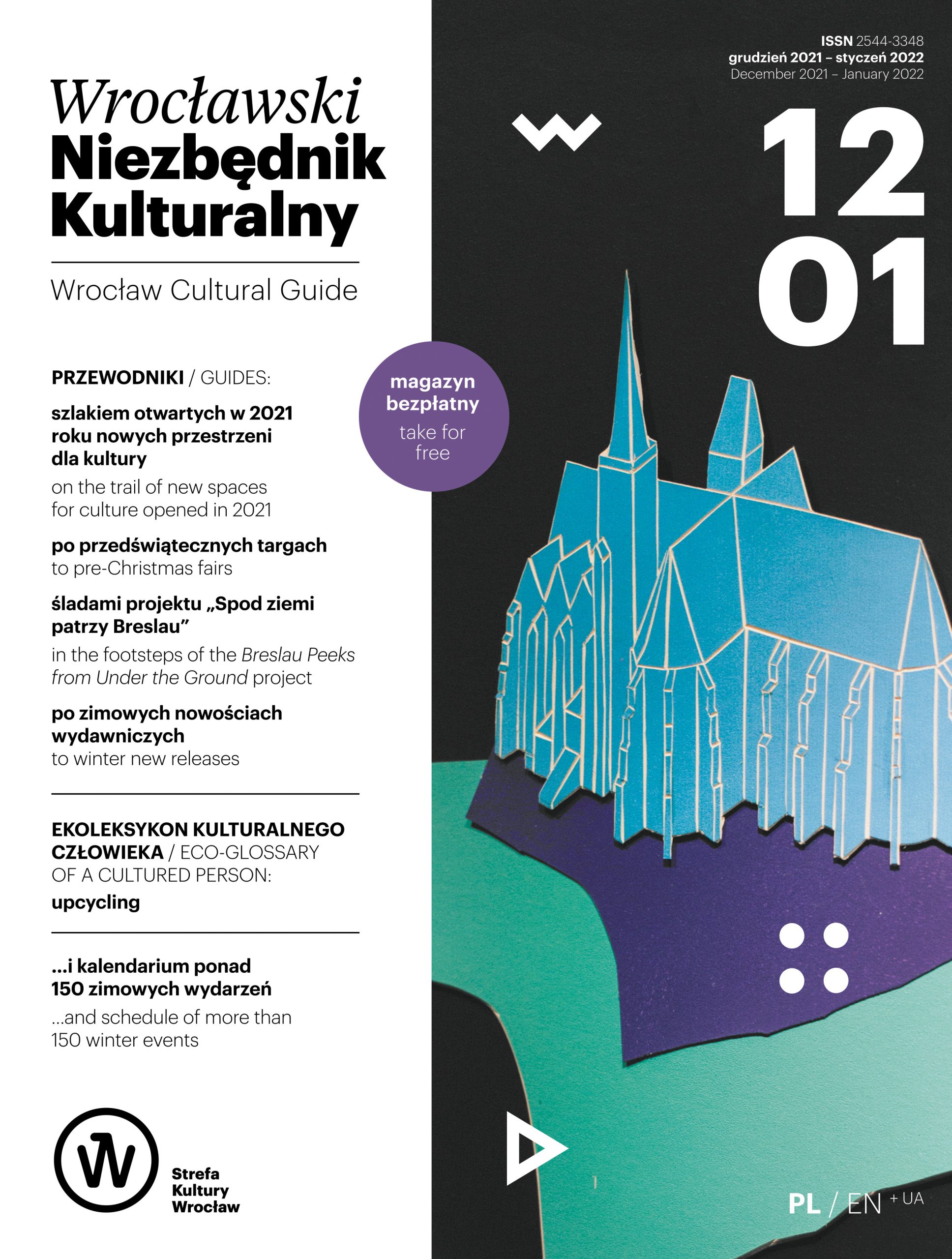Article also available in PDF
5 minutes read time
Second chance
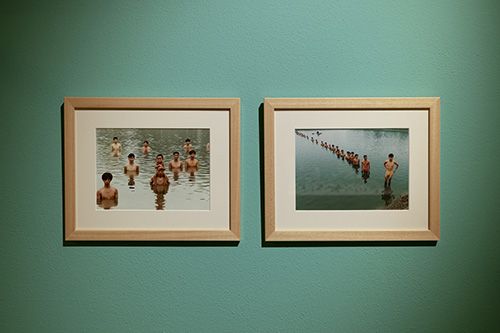 Three Is a Crowd, fot. Alicja Kielan, mat. BWA Wrocław
Three Is a Crowd, fot. Alicja Kielan, mat. BWA Wrocław
Several exhibitions were slated to both begin and end in 2020. We all know what happened – no need to remind everybody about that. For only a couple of weeks now (from the day the event was supposed to officially end) the BWA Wrocław Główny Gallery has been hosting the Three Is a Crowd exhibition as part of the programme of the 6th edition of the OUT OF STH International Outdoor Arts Festival (you can read the interview with its curators, Joanna Stembalska and Hubert Kielan, in issue 10/2020 of the “Guide”). The display prepared by a team of distinguished curators – Michał Grzegorzek, Anka Herbut and Gregor Różański – covers the political nature of human communities, not only the obvious ones, like groups of protesters or demonstrators, but also those seemingly apolitical, gathered for example at a concert or a music club. Another branch of the BWA Gallery, located in the Studio gallery found at Ruska 46 backyard, curious visitors can watch Bureau of Found Islands, which opened at the beginning of November last year as an accompanying event of the New Horizons film festival and was open to the public for… just one day. The exhibition was designed by Ewa Szabłowska, Stach Szabłowski and Joanna Stembalska in the form of an archipelago, with different artists responsible for creating each of the islands – including Oskar Alegria, Kornel Janczy, Honorata Martin and Ann Oren.
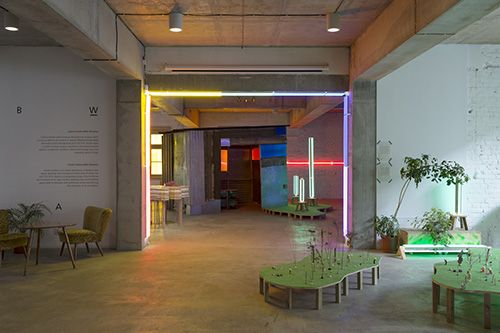 Bureau of Found Islands, fot. Alicja Kielan, mat. BWA Wroclaw
Bureau of Found Islands, fot. Alicja Kielan, mat. BWA Wroclaw
At the WRO Art Center, you can see Access and Return – the exhibition of the 6th Best Media Arts Graduation Projects Competition. Initially, its opening was to take place last spring, then it was postponed to autumn, where it was supposed to have a hybrid form. Since November, the works of the competition winners have been available only on a bespoke platform, in a form that is a bit better for creators of media art than for the artists working with other techniques, and now they can also be experienced at the Center gallery at Widok 7.
Jan Szpakowicz – a fascinating figure and an outstanding, albeit underrated architect, had to wait patiently for his monographic exhibition to open. The Elementary Space display at the Museum of Architecture, which was successively postponed since the first half of last year, and finally opened at the beginning of February this year – took the form of an installation designed by Łukasz Wojciechowski and Aleksandra Czupkiewicz, architects and researchers of Szpakowicz’s work.
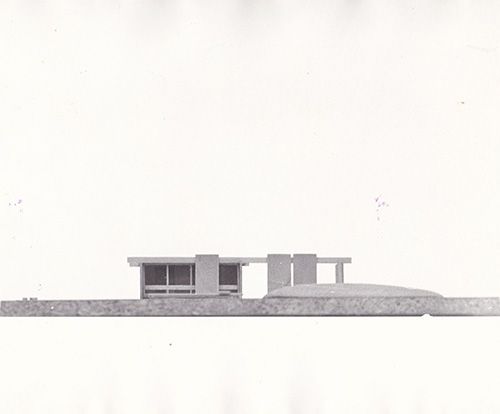 Jan Szpakowicz, Zalesie letnisko, 1974, projekt, mat. MA we Wrocławiu
Jan Szpakowicz, Zalesie letnisko, 1974, projekt, mat. MA we Wrocławiu
Classics anew
Jan Szpakowicz is hardly the only classical artist whose works can be seen in Wrocław galleries on an unprecedented scale. Opened at the end of February at Wrocław Contemporary Museum, The Night Will Drive a Heart is the first such broad presentation in Poland of works by David Wojnarowicz – an icon of the American art scene in the 1980s and 1990s, an artist of Polish-American origin known for his irreverent fight against homophobia and prejudice against people infected with HIV. In the context of Wojnarowicz, curator Piotr Lisowski brings up the works by more than 20 contemporary artists who – like him – use the critical and provocative potential of art to fight for the recognition of the Other and the creation of life opportunities for everyone.
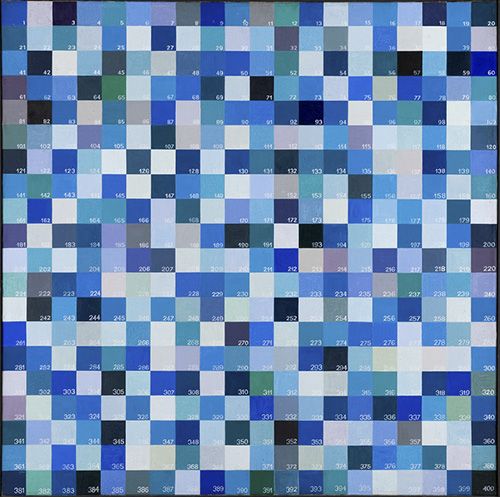 Wanda Gołkowska, “Kolekcja – katalog”, 1976, mat. MWW
Wanda Gołkowska, “Kolekcja – katalog”, 1976, mat. MWW
However, the programme of exhibitions this spring simply abound in the juxtapositions between the masters and their spiritual heirs. The Nitka and Others exhibition, the starting point for which is Zdzisław Nitka, a doyen of the 1980s Expressionism in Poland, whose name is rather prominently featured in the exhibition title, opens on 18th of March at the City Gallery to confront his artistic strategies with the achievements of young Expressionist painters. The display of works by Wanda Gołkowska and Marlena Kudlicka will move from Warsaw’s Studio Gallery to Wrocław Contemporary Museum in the second half of March. The exhibition, re-arranged for the purpose of the display in Szczepin, combines abstract, geometric spatial objects created by both artists – despite being separated by decades, their creations are conceptually identical.
Women’s days
A quick glance at the March exhibition plans is enough to realise that the month of the International Women’s Day will also be their month in Wrocław’s galleries. Apart from a visit to the exhibition of works by the Gołkowska-Kudlicka duo, you can celebrate women’s days (because one day is definitely not enough!) by visiting two large exhibitions of women’s art, available this month only. The I Am Mine exhibition, which will be launched on 8 March at the Zamek Cultural Centre, is a group exhibition of women artists from Wrocław (including Lena Czerniawska, Katarzyna Roman, Martyna Zaradkiewicz), which serves as a kind of a manifesto of sisterhood and the power of women expressed through various techniques and media. Several days later, the exhibition What I Am…NOT will open in the Czasoprzestrzeń for just a couple of days (12–14th of March). It is an exhibition that will take a closer look at how contemporary women see themselves and how they want to be perceived using photography and sound. In the interactive part of the show, visitors and guests will have the opportunity to create their own image, which will become a collective story about the experience of femininity.
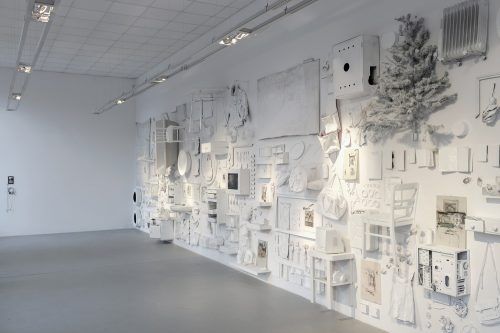 Everything Will Come in Handy, fot. Alicja Kielan, mat. BWA Wroclaw
Everything Will Come in Handy, fot. Alicja Kielan, mat. BWA Wroclaw
The majority of solo exhibitions will also focus on women. In the SiC! BWA Wroclaw Gallery, Kalina Bańka showcases her Everything Will Come in Handy exhibition with a story of an ever growing collection of things; Yulia Krivich’s intervention in the Golden Kiosk entitled In Ukraine draws attention to the oppressive nature of language; in the Museum of Architecture Kasia Kmita reinterprets the history of the Wrocław ’70 Visual Arts Symposium in her Exercises in Imagination. It would be a shame to miss any of these projects, so definitely do not delay – you might not have much time to see them all.
Collected by: Kuba Żary
Detailed information on the above-mentioned exhibitions you can found in the calendar in the section: visual arts (p. 22-28).


